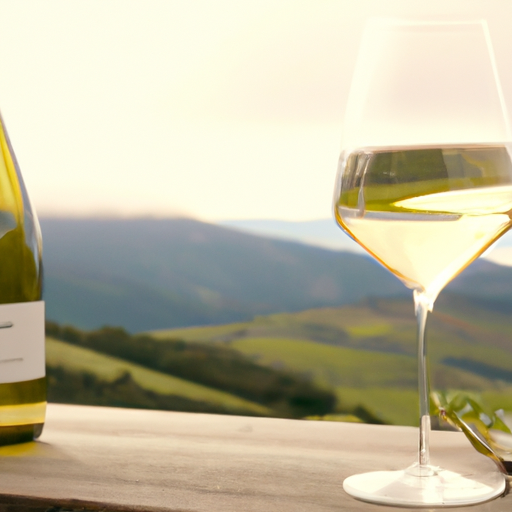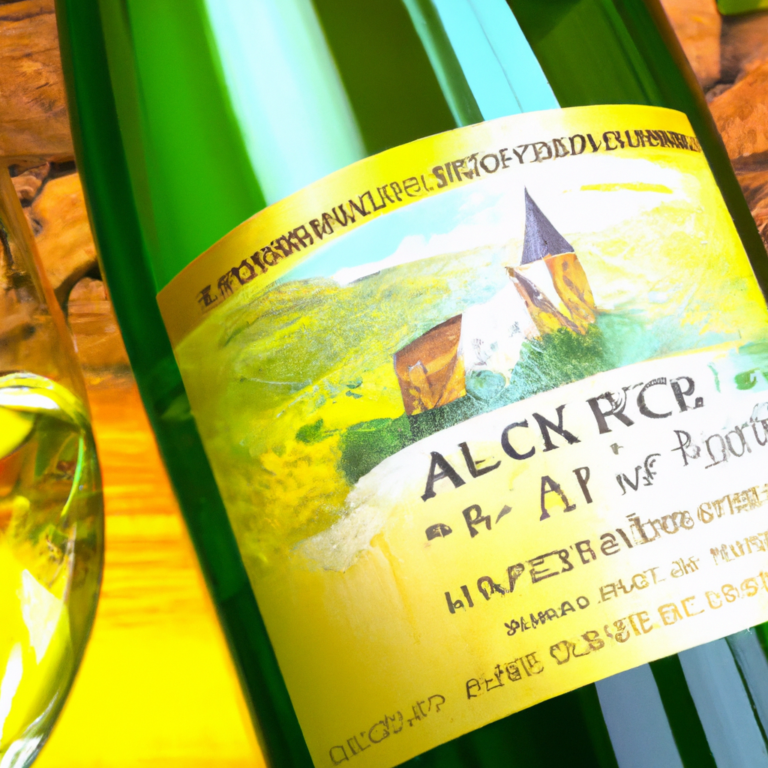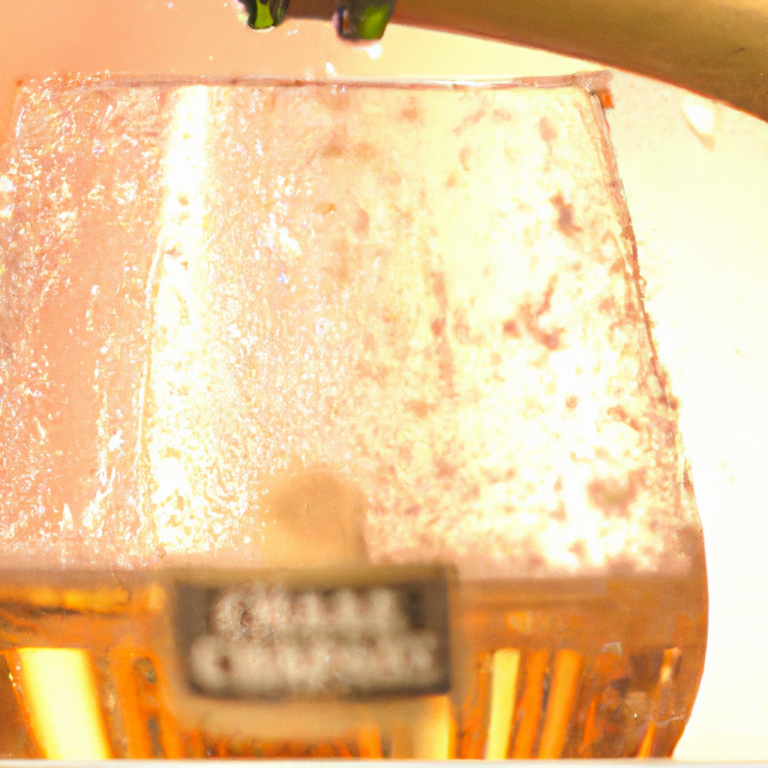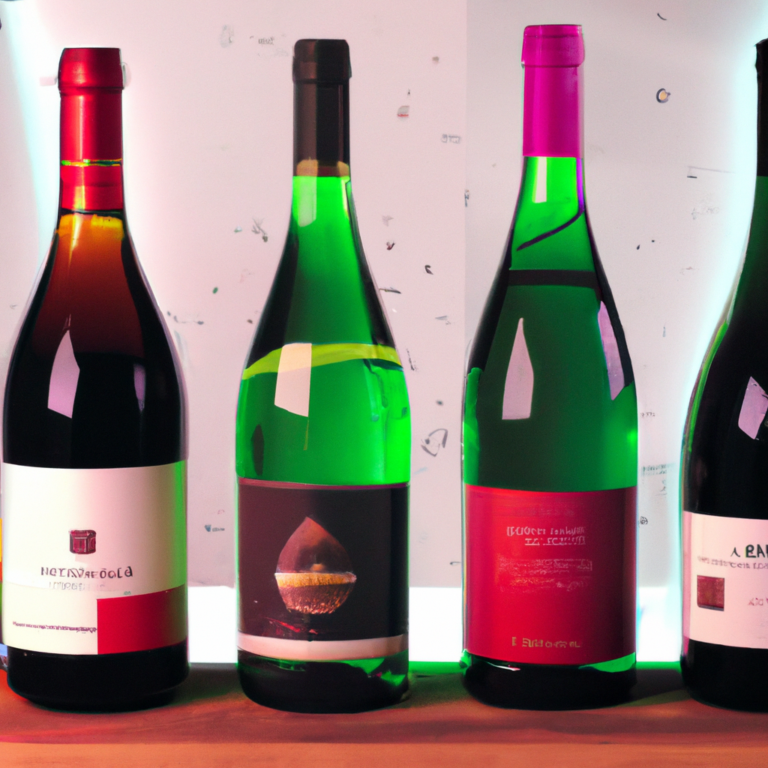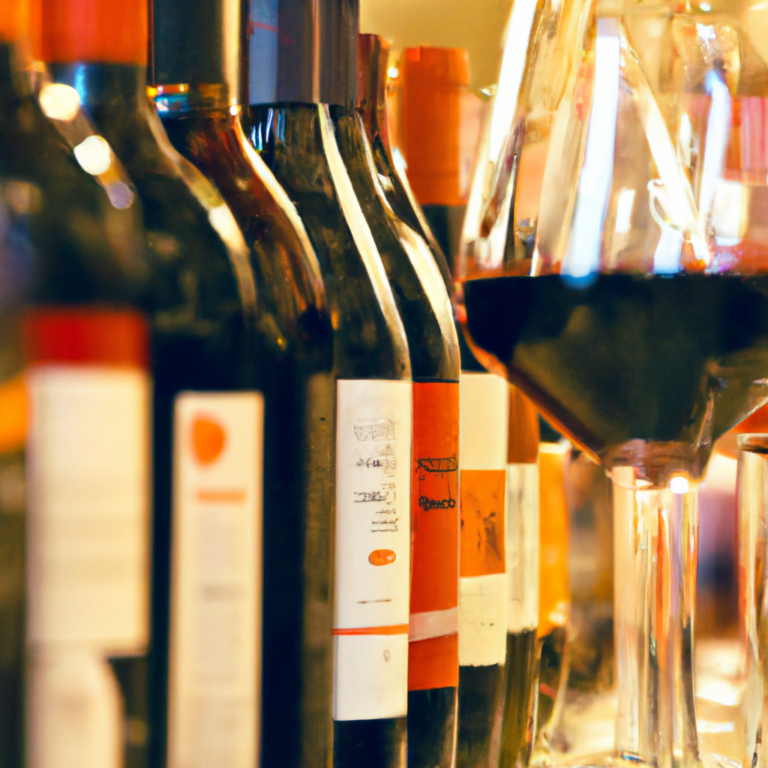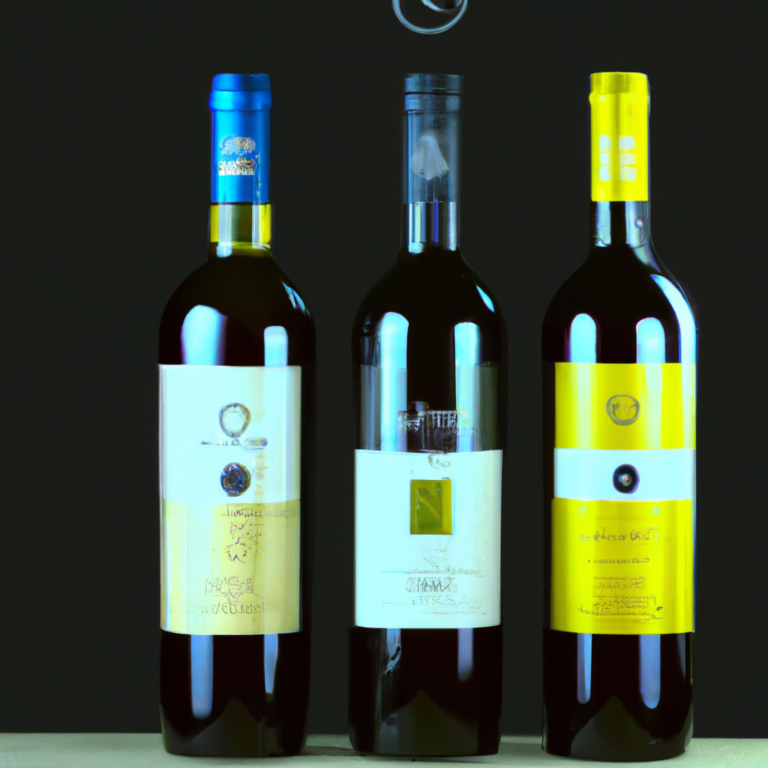The Exceptional Chardonnay Produced by Sonoma Winemakers in 2021
The History and Evolution of Chardonnay in Sonoma Winemaking
The history and evolution of Chardonnay in Sonoma winemaking is a fascinating tale that spans several decades. This exceptional grape variety has become synonymous with the region, producing some of the finest wines in the world. The story begins in the early 1960s when a handful of visionary winemakers recognized the potential of Chardonnay in Sonoma.
At that time, Chardonnay was relatively unknown in the United States. Most wine enthusiasts were more familiar with the popular red varieties like Cabernet Sauvignon and Pinot Noir. However, these pioneering winemakers saw something special in Chardonnay and believed it had the potential to thrive in Sonoma’s unique climate and soil.
They were right. Chardonnay quickly gained popularity among both winemakers and consumers, and its cultivation spread throughout the region. The cool climate and diverse terroir of Sonoma provided the perfect conditions for Chardonnay to flourish. The grape thrived in the foggy mornings and sunny afternoons, developing complex flavors and maintaining a refreshing acidity.
Over the years, winemakers in Sonoma have continued to refine their techniques and improve the quality of their Chardonnay. They have experimented with different vineyard practices, such as canopy management and irrigation, to optimize grape development. They have also embraced modern winemaking technologies, such as stainless steel tanks and temperature-controlled fermentation, to preserve the delicate flavors and aromas of the grape.
One significant development in Sonoma winemaking was the shift towards a more balanced and restrained style of Chardonnay. In the past, many California Chardonnays were known for their heavy oak influence and buttery flavors. However, Sonoma winemakers recognized the need to showcase the natural elegance and purity of the grape.
They began using less new oak and employing more subtle oak aging techniques, allowing the fruit flavors to shine through. This change in approach resulted in Chardonnays that were more vibrant, with crisp acidity and a greater emphasis on fruit character. These wines were a hit with consumers and critics alike, further solidifying Sonoma’s reputation as a premier Chardonnay-producing region.
Today, Sonoma winemakers continue to push the boundaries of Chardonnay production. They are exploring new vineyard sites, experimenting with different clones and rootstocks, and implementing sustainable farming practices. These efforts have led to even greater diversity and complexity in Sonoma Chardonnays, with each vineyard and winery offering its unique expression of the grape.
In 2021, Sonoma winemakers are producing some of the most exceptional Chardonnays to date. The wines are characterized by their vibrant acidity, luscious fruit flavors, and elegant structure. They showcase the best of what Sonoma has to offer, capturing the essence of the region’s cool climate and diverse terroir.
Whether you prefer a crisp and refreshing Chardonnay or a rich and creamy one, Sonoma has a wine to suit every palate. The exceptional quality and diversity of Chardonnay produced by Sonoma winemakers in 2021 are a testament to the region’s commitment to excellence and innovation. So, the next time you’re in the mood for a glass of Chardonnay, be sure to explore the offerings from Sonoma. You won’t be disappointed.
Exploring the Unique Terroir of Sonoma and its Influence on Chardonnay

The Sonoma region in California is renowned for its exceptional wines, and one varietal that truly shines in this region is Chardonnay. Sonoma winemakers have mastered the art of producing outstanding Chardonnay, and the 2021 vintage is no exception. The unique terroir of Sonoma plays a significant role in shaping the character and quality of these wines.
Sonoma’s terroir is characterized by a combination of factors that create the perfect conditions for growing Chardonnay grapes. The region’s cool climate, influenced by the nearby Pacific Ocean, provides a long growing season with moderate temperatures. This allows the grapes to ripen slowly and develop complex flavors while retaining their natural acidity.
The diverse microclimates within Sonoma further contribute to the exceptional quality of its Chardonnay. From the cooler regions of the Russian River Valley to the warmer pockets of the Sonoma Valley, each area imparts its own unique characteristics to the grapes. Winemakers carefully select vineyard sites that best suit the Chardonnay grape, ensuring optimal ripening and flavor development.
The soils of Sonoma also play a crucial role in shaping the flavor profile of Chardonnay. The region’s volcanic and marine sedimentary soils provide excellent drainage, which is essential for growing high-quality grapes. These well-drained soils allow the vines to develop deep root systems, accessing the necessary nutrients while preventing excessive water retention. This results in concentrated flavors and balanced acidity in the grapes.
Sonoma winemakers employ various winemaking techniques to showcase the unique terroir of the region in their Chardonnay wines. Many opt for a combination of stainless steel and oak barrel fermentation to preserve the fruit’s freshness while adding complexity and texture. This careful balance between fruit expression and oak influence allows the terroir to shine through in the final product.
The 2021 vintage in Sonoma has been particularly exceptional for Chardonnay. The growing season was marked by ideal weather conditions, with a mild spring and summer followed by a warm and dry autumn. This allowed the grapes to reach optimal ripeness, resulting in wines with vibrant fruit flavors and excellent balance.
The Chardonnays produced in Sonoma in 2021 exhibit a wide range of flavors and styles. From crisp and citrus-driven wines to rich and creamy expressions, there is something to suit every palate. The cool-climate regions of Sonoma, such as the Russian River Valley, offer Chardonnays with bright acidity, vibrant fruit, and a mineral backbone. On the other hand, the warmer regions, like the Sonoma Valley, produce Chardonnays with riper fruit flavors, a fuller body, and a touch of oak.
Whether you prefer a lean and elegant Chardonnay or a more opulent and buttery style, Sonoma has it all. The region’s unique terroir, combined with the skill and expertise of its winemakers, consistently produces Chardonnays that are a true reflection of their origin.
In conclusion, the exceptional Chardonnay produced by Sonoma winemakers in 2021 is a testament to the region’s unique terroir. The combination of cool climate, diverse microclimates, well-drained soils, and skilled winemaking techniques results in wines that are both expressive and balanced. Whether you are a fan of crisp and citrus-driven Chardonnays or prefer a richer and more opulent style, Sonoma has something to offer. The 2021 vintage showcases the best of what this region has to offer, and these Chardonnays are not to be missed.
The Art of Chardonnay Winemaking: Techniques and Innovations in Sonoma
The Art of Chardonnay Winemaking: Techniques and Innovations in Sonoma
Chardonnay, a versatile and beloved white wine grape, has found a special place in the heart of Sonoma winemakers. Known for its ability to reflect the terroir and winemaker’s touch, Chardonnay from Sonoma has gained a reputation for its exceptional quality and distinct character. In 2021, Sonoma winemakers have continued to push the boundaries of Chardonnay winemaking, employing innovative techniques to create wines that captivate the senses.
One of the key techniques used by Sonoma winemakers is barrel fermentation. This process involves fermenting the Chardonnay juice in oak barrels, which imparts unique flavors and textures to the wine. By carefully selecting the type of oak and the level of toast, winemakers can influence the wine’s profile, adding notes of vanilla, spice, and creaminess. Barrel fermentation also allows for a slow and controlled fermentation, resulting in a wine with greater complexity and depth.
In addition to barrel fermentation, Sonoma winemakers have embraced the use of native yeasts. Unlike commercial yeasts, which are often used to ensure a predictable fermentation process, native yeasts are naturally present in the vineyard and winery. By allowing these yeasts to ferment the Chardonnay juice, winemakers can capture the unique flavors and aromas of the specific vineyard site. This approach adds a layer of complexity and a sense of place to the wine, making it truly reflective of its terroir.
To further enhance the quality of their Chardonnay, Sonoma winemakers have also focused on vineyard management techniques. By carefully selecting the right clones and rootstocks, as well as implementing sustainable farming practices, winemakers can ensure that the grapes are of the highest quality. This attention to detail in the vineyard translates into wines with greater depth, balance, and expression.
Another innovation in Chardonnay winemaking is the use of concrete eggs for fermentation and aging. These egg-shaped vessels provide a unique environment for the wine, allowing for gentle and consistent temperature control. The porous nature of the concrete also allows for a slow and gradual oxygen exchange, which can enhance the wine’s texture and mouthfeel. This technique has gained popularity among Sonoma winemakers, who appreciate the added complexity and structure it brings to their Chardonnay.
Furthermore, Sonoma winemakers have been experimenting with different fermentation vessels, such as amphorae and clay pots. These ancient winemaking vessels have made a comeback in recent years, as winemakers seek to reconnect with traditional winemaking practices. The porous nature of these vessels allows for a gentle and slow fermentation, resulting in wines with greater purity and finesse. The use of these vessels also adds a touch of nostalgia and authenticity to the winemaking process.
In conclusion, Sonoma winemakers have continued to push the boundaries of Chardonnay winemaking in 2021. Through techniques such as barrel fermentation, the use of native yeasts, and innovative fermentation vessels, they have created exceptional wines that showcase the unique terroir of Sonoma. These wines captivate the senses with their complexity, depth, and distinct character. As the art of Chardonnay winemaking evolves, Sonoma remains at the forefront, producing wines that are truly exceptional.

